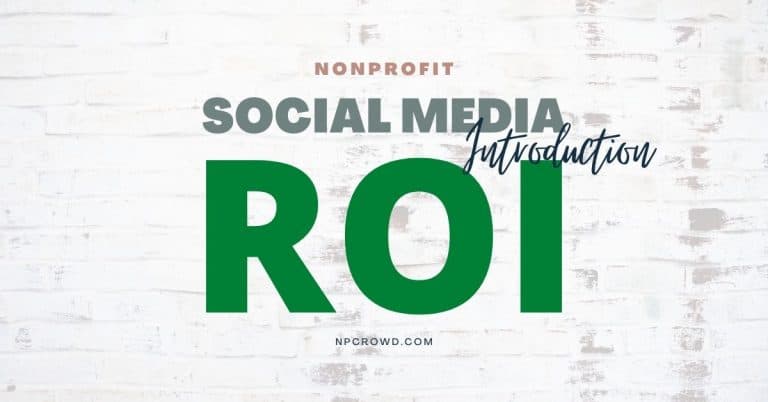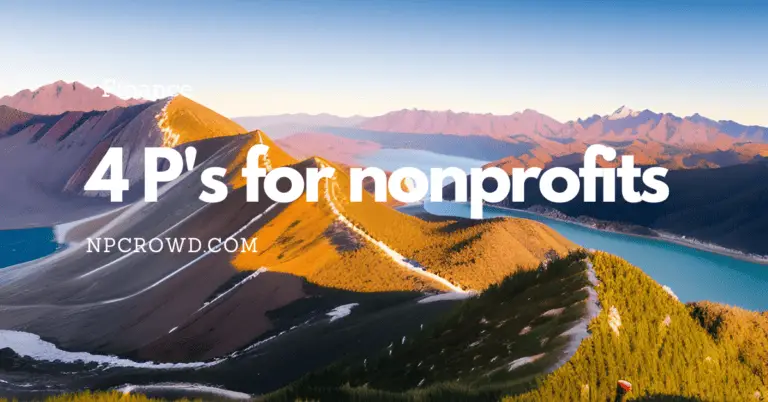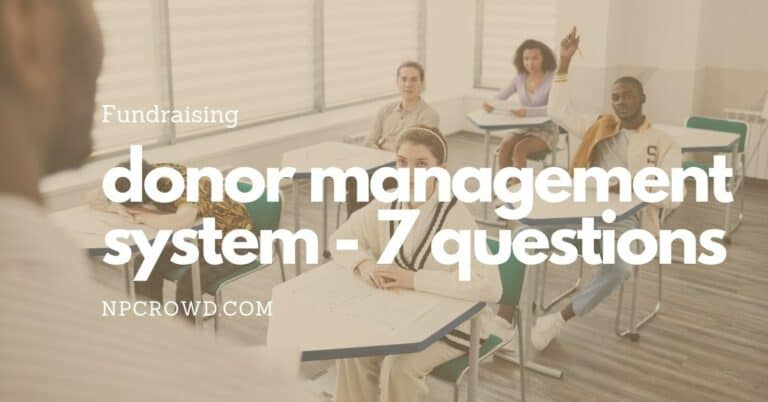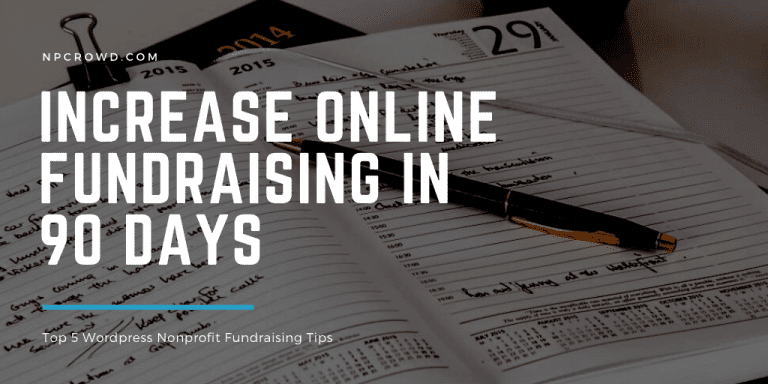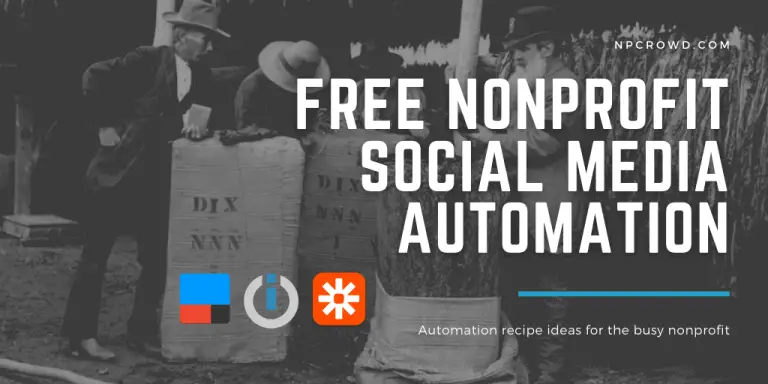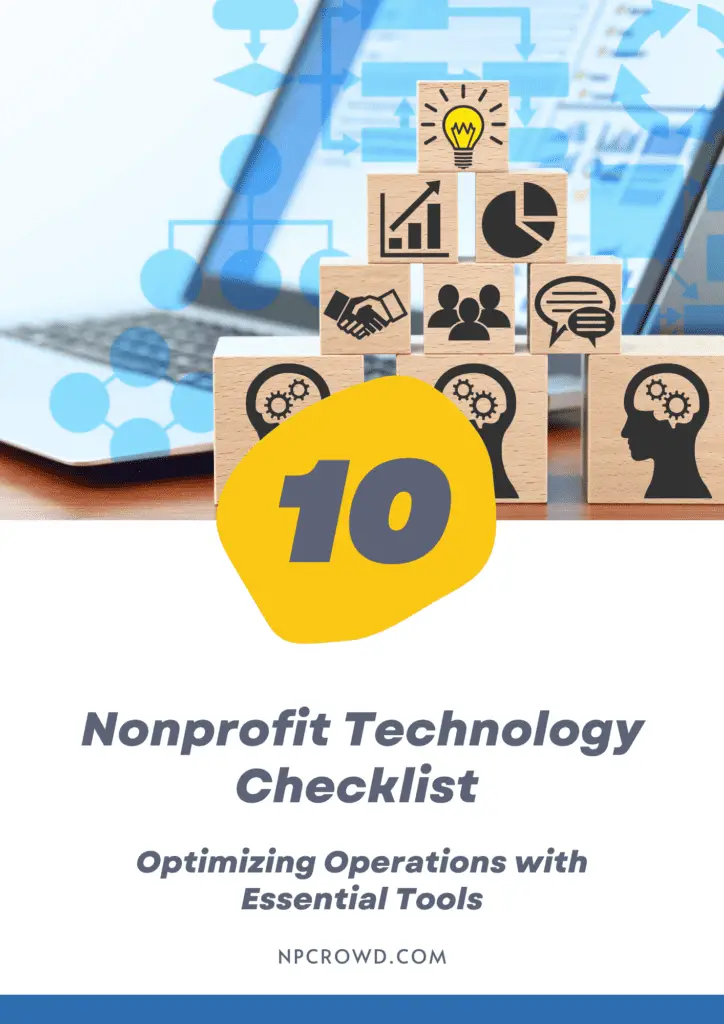7 Fundraising Mistakes: How to Avoid Damaging Relationships
Disclaimer: This post may contain affiliate links. These links, if used and purchases made, we may earn a small commission. These affiliate programs do not impact the recommendations we make or the resources we refer you to. Our focus is on providing you the best resources for your nonprofit journey.
Many nonprofit organizations and charities are working to build relationships with donors in order to generate revenue for their cause. At the same time, they’re focused on keeping those relationships healthy by avoiding certain mistakes that could damage them.In this post, we’ll go over 7 things you should avoid when fundraising so that you can be successful in your organization’s mission.
Don’t make an ask before you establish a relationship
Most nonprofits and charities are working with donors to generate revenue for their cause. They’re focused on keeping those relationships healthy by avoiding making an ask before they establish a relationship.
Don’t surprise your donor with a request for money. Let the relationship develop first, building trust and respect on both sides of the equation before asking for support.
We recommend getting to know them and what impact is on their heart to see accomplished. Doing this will make it more likely for people to donate if they see themselves connecting with your work.
One mistake many organizations make is to ask for a contribution before they have engaged with the donor. In reality, this can be a major turnoff because it may feel like you’re not interested in building any type of relationship at all and are only focused on the money. This is a short-sighted tactic.
Relationships matter and the decision of a donor to give is based on how much they trust an organization and also how involved they see themselves in its mission. If the donor can see themselves as part of something bigger than just writing one check or donating online then there’s more likelihood that their giving will continue long-term.
Really connected donors can go on to become raving fans and advocates, further multiplying your fundraising efforts. Create raving fans!
Don’t ask for money before you’ve explained the cause
A nonprofit or charity should not seek a donation from a donor without first engaging them in some way, such as showing them what it is that your organization does and why you exist so that they can connect with the mission of your group.
Don’t forget to explain the cause. Your nonprofit might have a great profile on Guidestar or a cool website, but that’s not enough for someone to become invested in it.
Be intentional. Provide a clear case as to who your nonprofit is, its mission, and demonstrate tangible impact.
You know what your nonprofit does, but put yourself in the shoes of a potential donor who doesn’t even know the need exists for an organization like yours. Explain it to them in simple terms and tell stories of impact.
Avoid using guilt to make people feel bad about not donating
Don’t use guilt to make people feel bad about not donating.
“You can do this, you’re a good person.” “You should donate more than that.” This might work on some people but it’s unlikely many of them and it won’t inspire action for the future when they need to support your nonprofit again.
Instead, be genuine in thanking donors for their time or money given. Remind them how important what they’ve done is-how many lives have been changed because of one simple act.
Do this with respect no matter the size or amount donated. Every dollar matters.
Secondly, don’t communicate in a degrading way about those your organization serves. Everyone deserves dignity and communicating like your organization and donors are swooping in to “save” others, is not the right message.
We’ve all seen the dejected, malnourished dogs in terrible conditions or a dirty, sad, malnourished child showing up in a video ad. I hold the opinion that this is manipulative and in poor taste. Don’t do it.
There is an opportunity to show the people your organization serves as dignified human beings with their own stories, skills, and talents. The impact your organization is having has stories of life transformation that will resonate better than manipulating heartstrings.
Many organizations are unintentionally manipulative, having the best of intentions. Instead, take time to talk to your clientele and understand how they would want their story told. Honor the themes presented.
There is a partnership that takes place.
Be careful when asking for donations from friends and family
When a nonprofit is starting out, it is not uncommon for family and friends to be one of the first relationships that are asked to donate.
Friends and family members are often proud of the volunteer work or other causes that their loved ones have chosen to champion. However, these relationships can be easily damaged if a nonprofit oversteps when asking for donations from friends and family.
Oftentimes people will only donate because they feel obligated to give back in some way for what they’ve received in life through the relationship with this person. Asking for too much at once may lead them to resent you instead of feeling grateful about your organization’s existence – which is not good news!
Broaden your horizons and get uncomfortable by reaching out to community members, businesses, corporations, and foundations. This brings us to our next tip.
Make sure your fundraising is sustainable and doesn’t rely on any single person or group of people
Just like in business or investments, you need to diversify your “portfolio” of donors. Having only a few major donors puts your cash flow at higher risk should a single donor decide to no longer support your charity. Placing the bulk of fundraising needs on a only a few donors can strain relationships over time.
Instead, broaden your giving base with a combination of major individual donors, monthly sustaining givers, grants, and corporate sponsorships. These efforts will help you build a sustainable fundraising strategy that is less reliant on any single source of income.
A perfect example of this principle at work is the American Red Cross. The organization’s “Red Cross Champion” program, which offers a steady stream of monthly donations instead of just one large annual donation, has helped sustain direct assistance to survivors of disasters nationwide.
This diversification of income sources is one of the reasons why they are able to weather financial storms as well as provide stability for their programs.
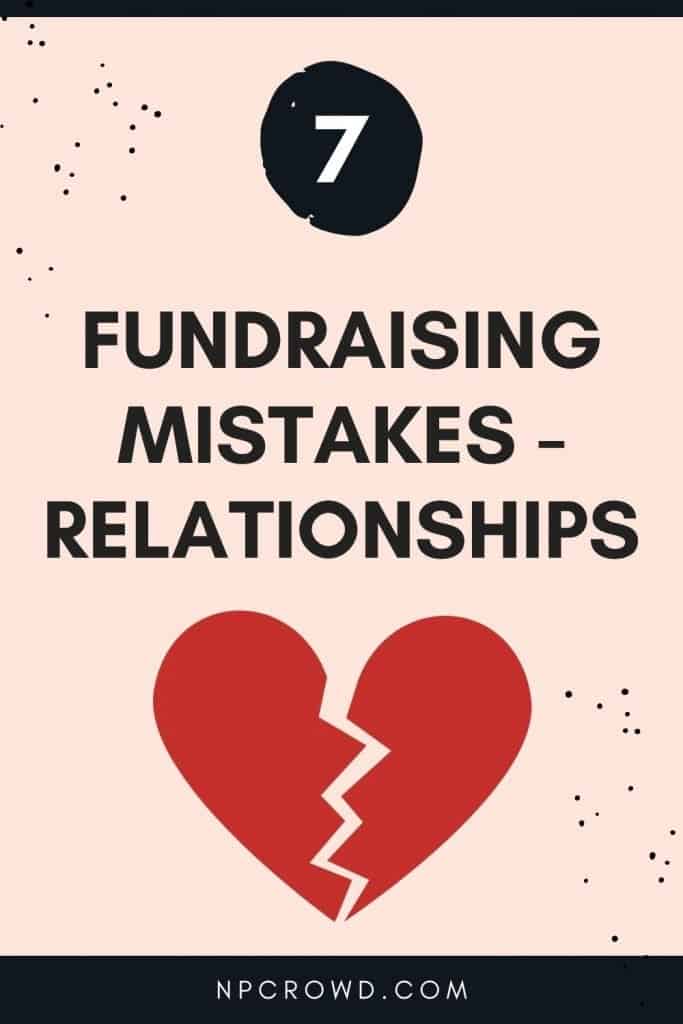
Don’t be sneaky. Be transparent and honest about your organization’s mission, impact, and needs.
Nothing will kill a relationship faster than a donor feeling like you did not tell them the truth.
Take a look at these five “Be” statements that will build trust and provide a framework for your donors to see how they might fit into your needs and the impact being made.
- Be transparent about your organization’s purpose and mission.
- Be honest about impact. Be prepared with data when possible.
- Be forthcoming with admin vs program expenses.
- Be openhanded about the current plans and future picture.
- Be truthful about your financial needs.
If you’re not sure what the donors are excited about, ask them! Talk to people who have donated in the past or an existing donor for information on why they gave in that particular time/way. This may resonate with others you share with about your nonprofit.
Once you get the donation, don’t abandon the relationship
The important thing to remember is that fundraising isn’t just about getting money from donors, it’s also about building relationships with them for future collaborations as well.
This means you’ll have a better chance of finding partners in the long run and supporters who are interested in continuing to work with your organization. It also takes intentionality to do it well because maintaining a relationship requires more than sending out an occasional request for donations or volunteering opportunities!
There are many ways to maintain relationships. Here are 10 ideas:
- Genuinely care about your donors. Get to know about their family, children’s names and ages, birthdays, and anniversaries. Use your CRM to help you remember important dates.
- Send handwritten thank you cards.
- Ask their opinions on topics that fall within their area of expertise.
- Make a phone call or send a text message to check in and see what is happening in their life.
- Send a text message or call them to celebrate achieving a milestone in the organization.
- Connect donors to donors. If a donor has a business in a field of expertise that you learn another donor is in need of, become a connector.
- Break bread and share a meal with them. Sweet relationships grow over food and good fellowship.
- Invite them to special events or volunteer opportunities if such service speaks to their need for involvement.
- Invite them to a special tour of your program or services so they can see their donations in action.
- Send new videos with impact stories or testimonials to existing donors before releasing them publicly. Include personalized messaging.
Bonus tip: Use your CRM and learn the mantra, “If it’s not in Bloomerang, it didn’t happen!”
Summary
One of the most common mistakes that nonprofit organizations make when fundraising is asking for donations before establishing a relationship with donors.
It’s not enough to simply ask people for money, you have to explain why their donation matters and what they are supporting by making a contribution. While it may be tempting to use guilt or scare tactics in your ask, remember that this could backfire on you later if someone has negative feelings about your organization because of how they were approached initially.
Avoid these 7 pitfalls so that you can successfully meet your mission and generate revenue for your cause as well!
What are some other things we should avoid? Share them below so I can update my post with more advice from our readers!
Note: The opinions expressed on this site are my own and do not necessarily represent the views of Mentoring Alliance, its employees, board members, agents, or assigns.

